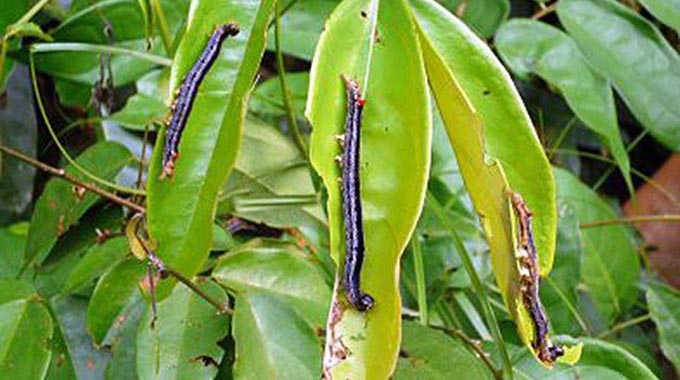Zim gets boost in war against bird flu, fall armyworm

Sifelani Tsiko Senior Writer
Zimbabwe is set to benefit from a $500 000 project supported by the Japanese government to fight the highly pathogenic avian influenza (HPAI) and fall armyworm which have caused extensive poultry losses and crop damage.
The United Nations Food and Agriculture Organisation (FAO) will work closely with the Government to implement the project which is expected to be rolled out this month.
This project is expected to boost surveillance of fall armyworm and bird flu across the country. Its objective is to strengthen the capacity of farmers and Government to rapidly respond to these two transboundary threats.
In February 2018, FAO issued a special alert warning about poor crop prospects in the region this agricultural season, which may be further exacerbated by fall armyworm (FAW). Preliminary reports indicate that in Zimbabwe, close to 15 000 hectares have so far been affected by the pest this season (as of March 2018).
In May 2017, Zimbabwe experienced an outbreak of avian influenza. It occurred at a farm of one of the largest commercial poultry producers in the country and resulted in two million birds being culled to control the disease. The outbreak led to a massive shortage of table eggs and poultry products in the country.
Poultry is an important part of people’s diet and accounts for around one third of total meat consumption.
“Agriculture provides employment and income for around 70 percent of the population. With farmers in the country still struggling to cope with the effects of successive droughts in recent years, an uncontrolled outbreak of FAW or HPAI would only compound the effects of food security and people’s livelihoods,” the FAO said.
“Given the severity and urgency of these threats, the Government of Japan allocated funding for this project through its supplementary budget.”
The project will be implemented in several districts in Manicaland, Mashonaland East and Mashonaland West provinces.
Concerning FAW, the project will include the capacity building and integrated pest management of 500 Government extension officers from the national, provincial and district levels. It is expected that an estimated 500 000 smallholder farmers will be reached.
The project will also assist affected smallholder farmers in restoring their productive capacities. For HPAI, an active surveillance system will be established, which will allow a rapid response to any future outbreaks so that they are detected and contained.
In addition, 500 000 smallholder farmers will benefit from training on HPAI.
“It is, therefore, expected that this project will greatly contribute to the ability of Zimbabwean smallholder farmers to cope with the threats of FAW and HPAI, thus ensuring their livelihoods and food security,” the FAO said.
The fall armyworm pest was first reported in Africa in 2016.
Native to the Americas, the fall armyworm can feed on 80 different crop species, including maize — Africa’s major staple food consumed by more than 300 million on the continent.
The voracious pest has since spread to more than 30 African countries, including Zimbabwe and most other countries in the SADC region, posing a significant threat to food security, income, and livelihoods. Within the SADC region, only Mauritius and Lesotho have not been affected.









Comments